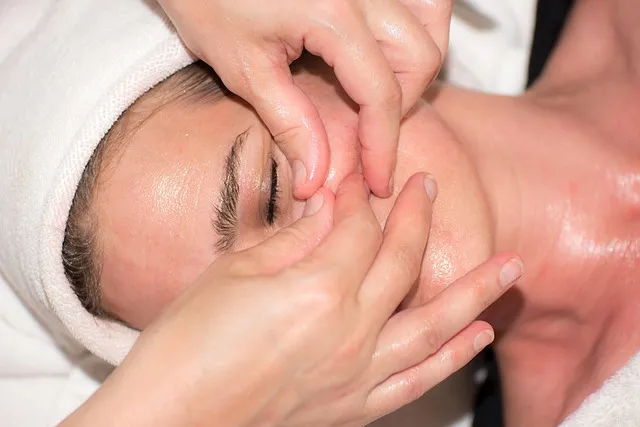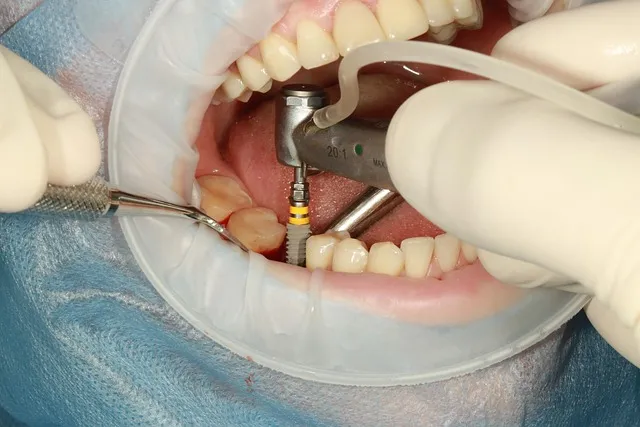Impetigo is a bacterial infection that affects the skin. It is a common occurrence in children but may also occur in adults who play close contact sports. It is a highly contagious infection and occurs mostly on the face as red sores, especially around the nose and mouth of the child. The sores then burst and form honey-colored crusts. The child having impetigo may need to be kept away from school until it is cured. It usually gets cured within two to three weeks. However, administration of antibiotics can speed up the course of recovery. Impetigo is contagious until the sores heal completely. As long as the sores have healed, the child may resume school and socializing, provided he is on antibiotics.
Symptoms of impetigo
The classic symptoms of impetigo are red sores that rupture and form crusts after oozing for a few days. The sores that begin to appear on the face spread through the use of infected clothes, towels and the skin. Ecthyma is a severe form of impetigo that penetrates the skin causing painful puss filled sores that turn into ulcers. The ulcers of ecthyma though heal completely, may leave behind scars. In rare conditions, the bacteria causing impetigo may also lead to problems in the kidneys.
Causes of impetigo
Impetigo mostly occurs in children aged 2 years to 6 years. It occurs in a child when he has happened to touch the skin of someone who is affected. It may also occur due to touching and sharing of items like towel, clothes, bed linen and toys with someone suffering from impetigo. It also spread due to spending time in crowded places such as schools and child care centers. Impetigo also commonly occurs during summer due to the warm and humid weather. Indulging in sports activities that involve skin-to-skin contact like football or wrestling increases the risk of contracting an impetigo infection. The bacterium that is responsible for causing impetigo enters the body through skin injuries, insect bites and rashes. Thus, broken skin may also trigger an impetigo infection.
Diagnosing impetigo
The most common way the doctor assesses for impetigo is through the characteristic red sores. Usually lab tests are not required but if the sores do not heal even after administering antibiotic treatment, the doctor may suggest testing the mucus that oozes out from the sores. This will help in determining which antibiotic will work best for the child as the impetigo causing bacteria have become immune to some drugs.
Treating impetigo
Administration of antibiotics is a must for children having impetigo. This may be done in the form of oral medicines or through the application of ointments externally on the sores. It is advisable to first clean the affected area with a soft cloth/cotton and warm water. Even if the sores disappear, it is imperative to complete the entire antibiotic course to prevent the infection from recurring. It is also important to keep the common items of use of the patient separate.

Reviewed by







